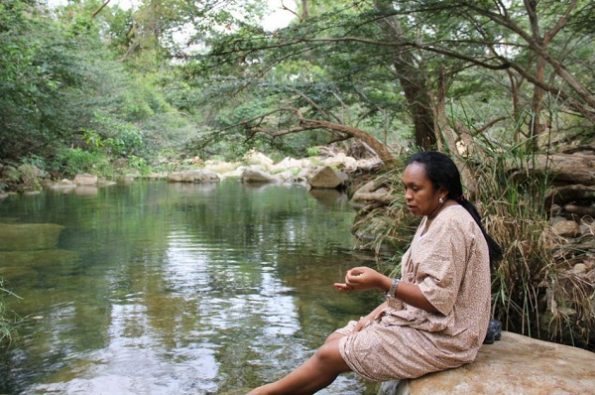It was one o’clock in Alaska village, near Buga in the Valle del Cauca. Lunch was eaten and people were gathering to catch the bus back to work. Then the paramilitaries descended. They killed by shooting, by battering, and with chain saws. Within an hour the trail of massacre stretched into two other villages, thirty people had been murdered.
There is just one road into Alaska. To get there the paramilitaries had to pass by a camp of the Palacé Battalion of the Third Brigade, and a police station. The next day, 11th October, the Bishop of Buga pointed out the community’s belief that the army must have colluded in the killings. (Days earlier the commander of the Third Brigade had denounced Human Rights Watch report linking his officers with the paramilitaries as the work of "narcotraficantes").
Meanwhile Buga’s police chief commented that this massacre was uncharacteristic of the Calima Front of the Autodefensas (AUC) paramilitaries. They normally engage in selective assassinations of subversives, he argued. This claim is so untrue as to cause incredulity. Massacring civilians is part of the modus vivendi of the paras. Working from official figures, and hence an underestimate, the conservative newspaper El Tiempo reported that the paras had murdered 140 people across Colombia in the first 10 days of October. Multiple massacres are a daily event.
Although the charge is not accepted by the Colombian government, the evidence is that this wave of terror is sanctioned by, and in many cases carried out by, official state forces.

